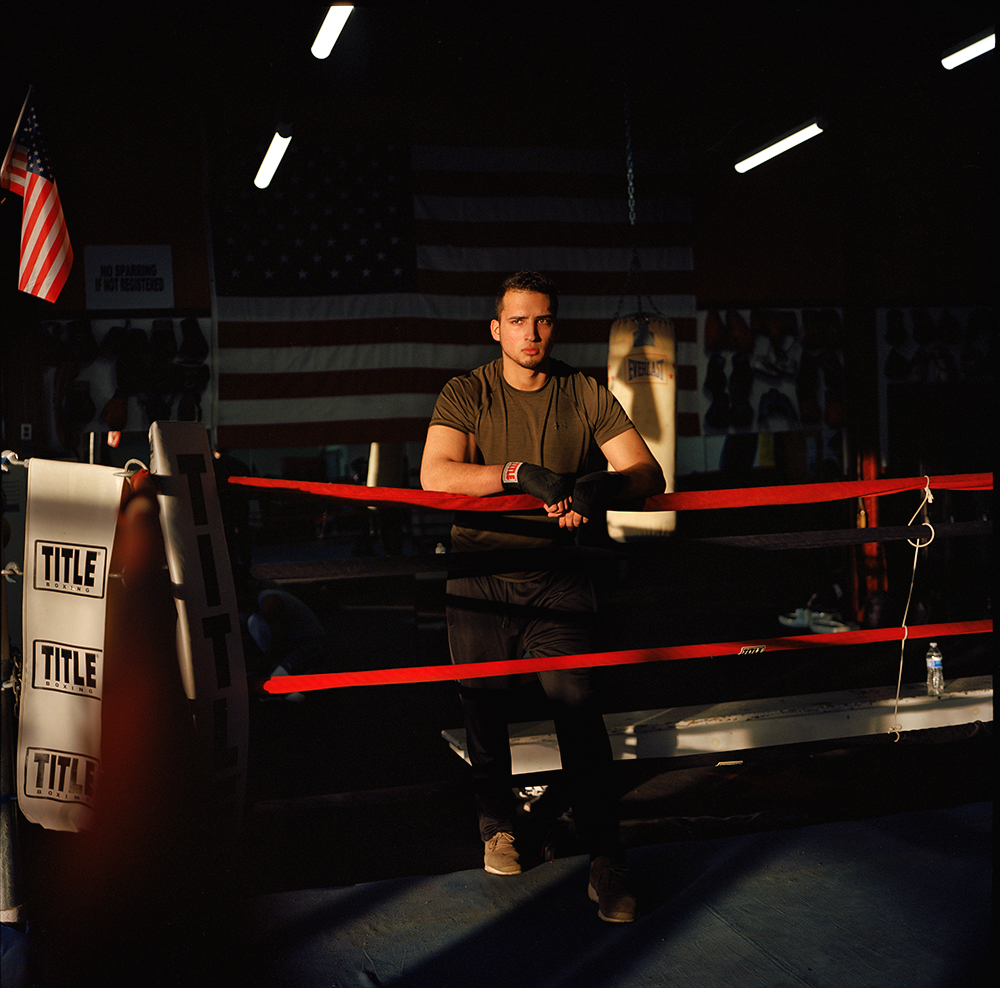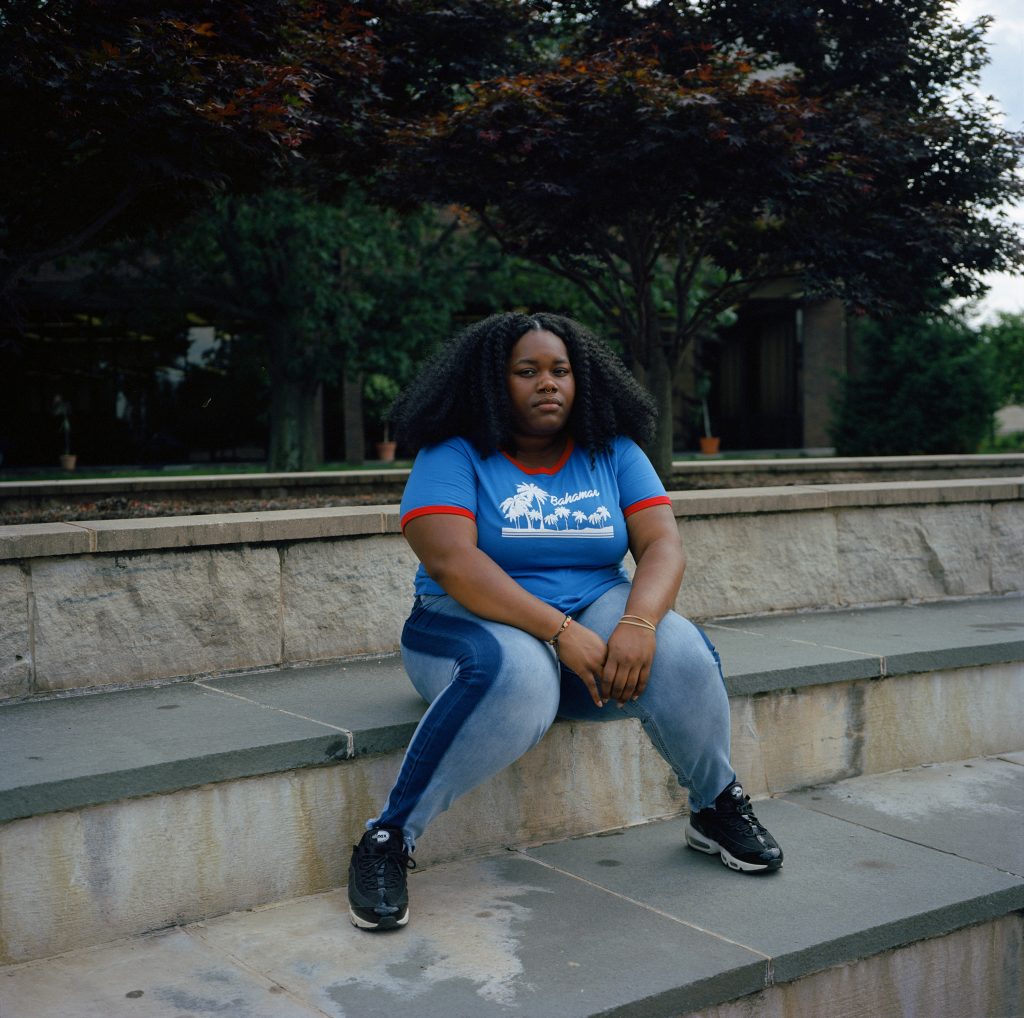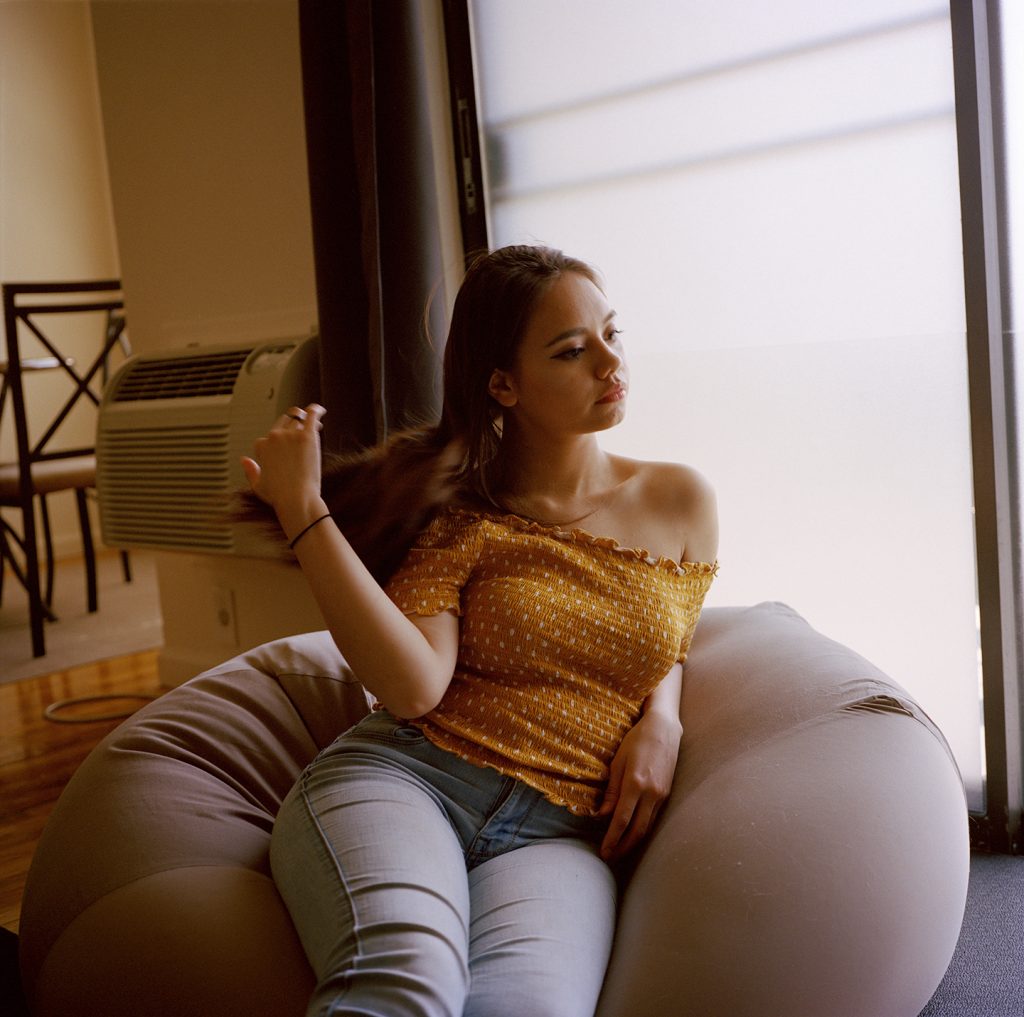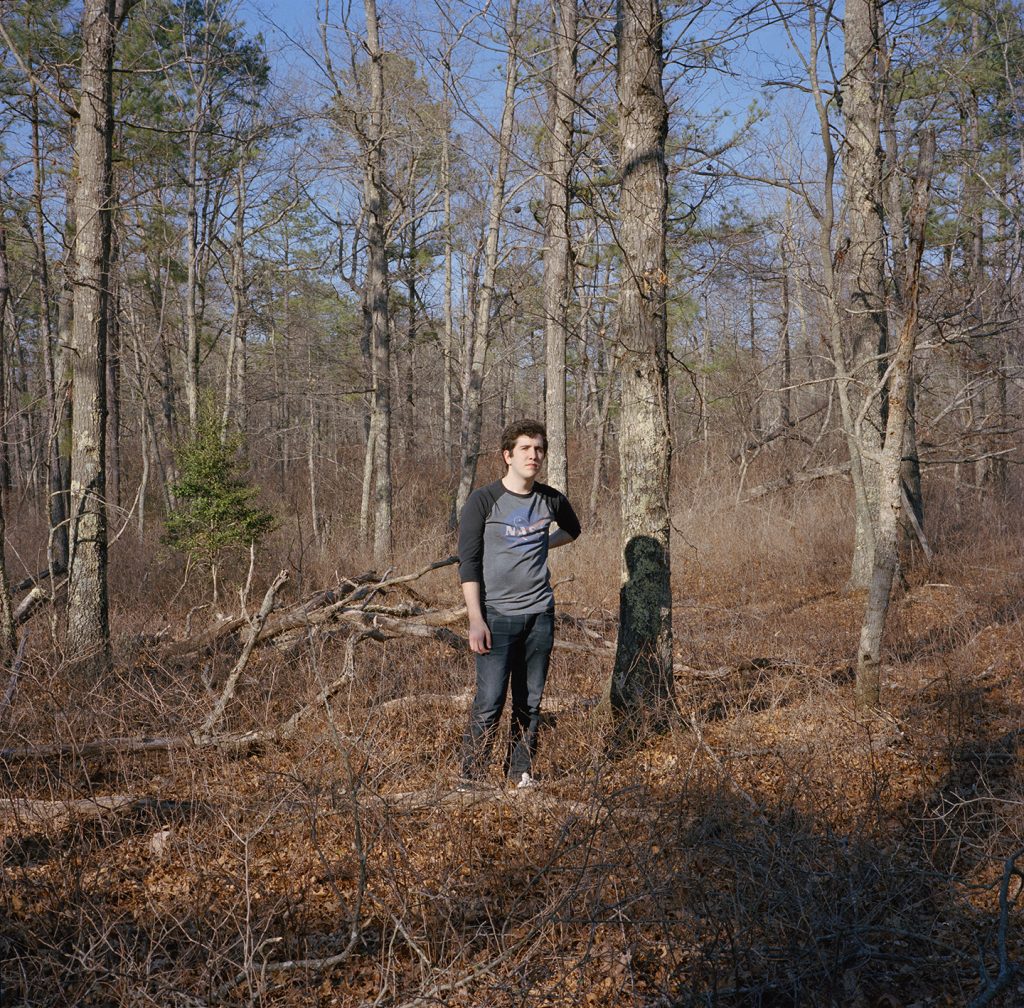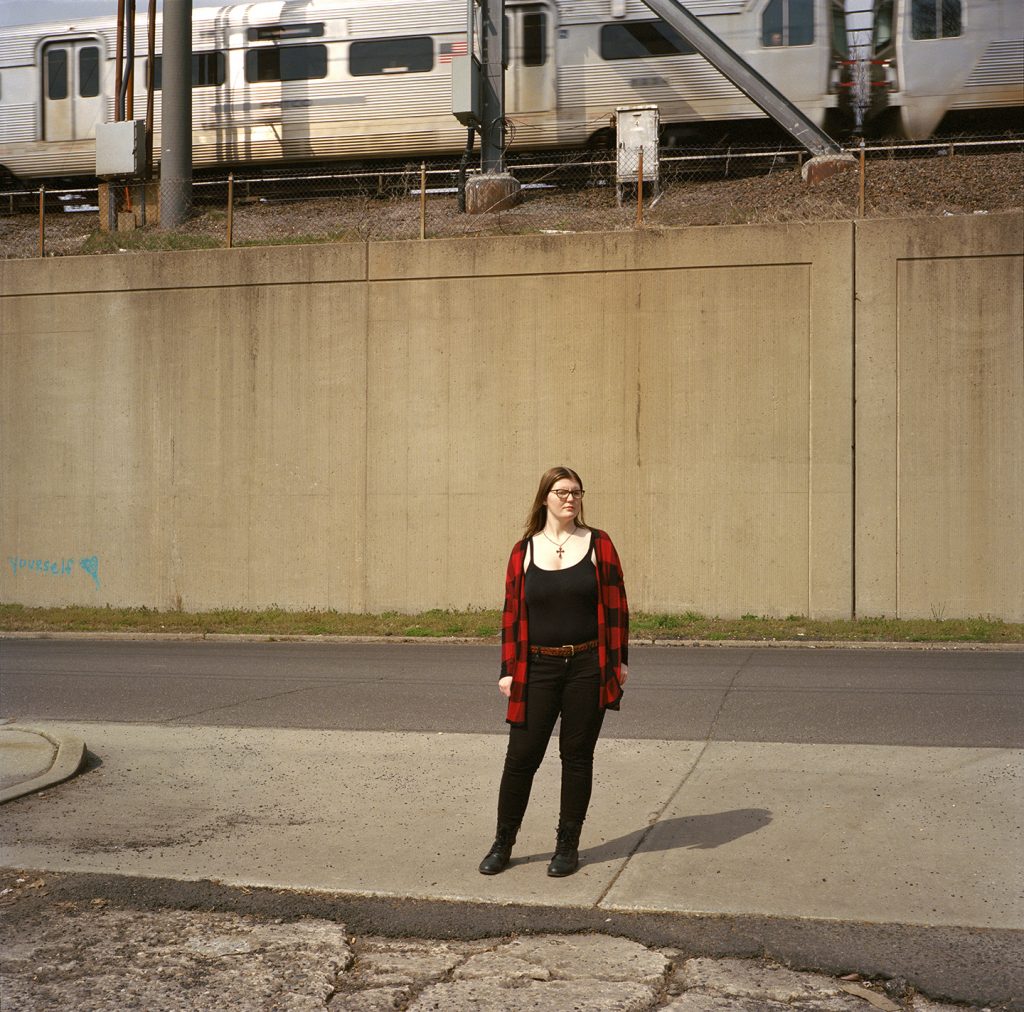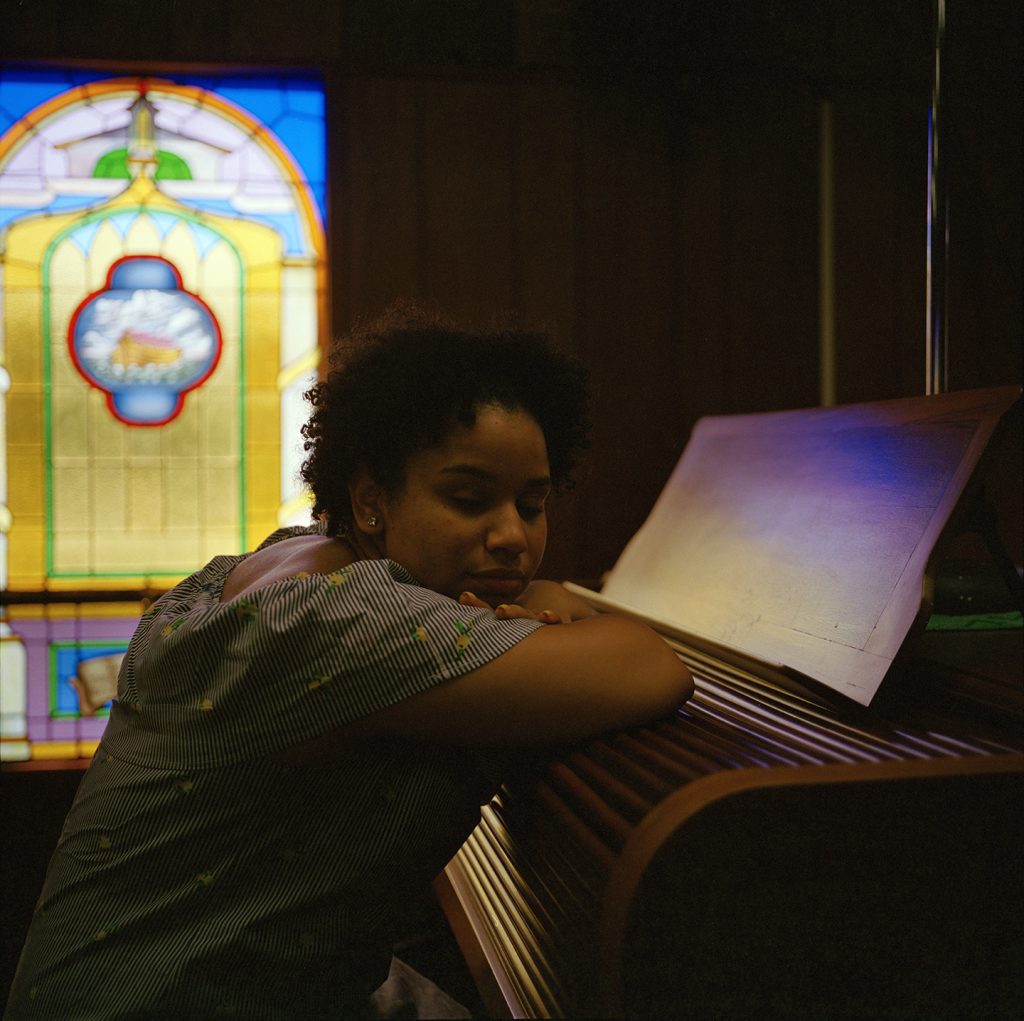by Jonna McKone
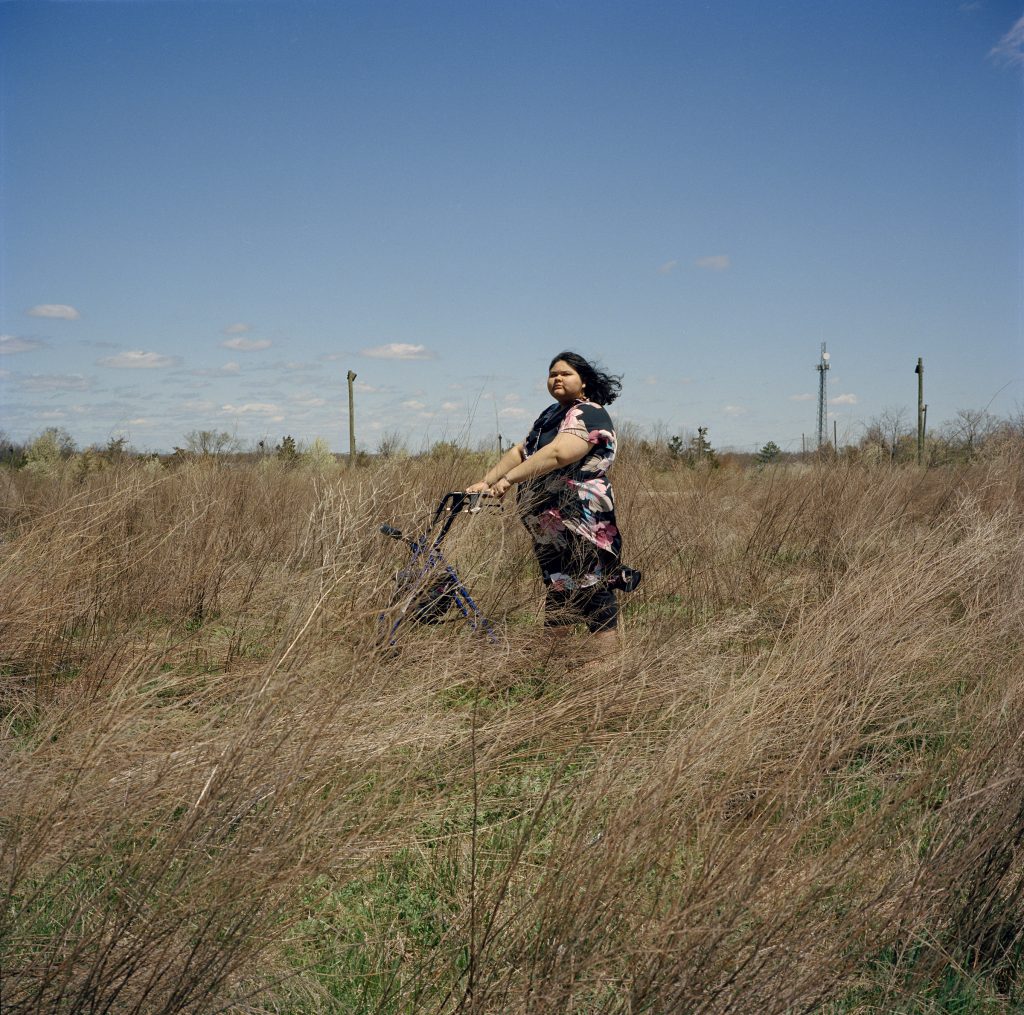
Photo by Jonna McKone
“Up until the time [my brother] was adopted, we were living in the same house. I remember him playing with the other foster kids. I would be at the very top watching over them. Just making sure he was okay… I didn’t know he was getting adopted until adoption happened and he was taken away from me. I had to combine the pieces together to realize you’re not going to see him again. Since I realized that was the case, it always stuck to me. I felt like there’s a part of me that’s missing. It helped me realize that I need to go to school and do better and get out of the system…” - excerpt from an oral history with SM
In a small workshop, young women shared their experiences in foster care. Each had a different reason they stopped living with their immediate family, either for a short period of time or permanently. As the stories unraveled, the women in the room listened, the stories grew, spurring more memories about rites of passage, meaningful mentors, hurt and loneliness — the stories’ shape and power a product of being heard.
I began the Lewis Hine Fellowship in 2017 and since then, the project has grown into a collaborative photography and book project in partnership with Rutgers University students who have experienced foster care. Circumscribing housing instability, incarceration, immigration, mental health and loss, from the perspectives of youth who have made it to a four-year university, our work has taken us from the living rooms of grandmothers, to graveyards, to foster care homes, to rest stops. The project is about strength. It explores identity, family history, meanings of home and narratives of young people who have been involved with the child welfare system. In my collaborative work with students, we intend to disrupt over-simplified narratives of under-served foster youth. In the process of making images and portraits, collecting oral histories and tracking down family archives, the stories and photographs communicate both an extraordinary resilience and a distinct period of time in which youth and adulthood are intertwined.
The students are part of the Price Family Fellows program, which supports youth at Rutgers who have been in foster care. Price Fellows take part in life skills workshops, goal setting and counseling. Across the country, youth who have aged out of foster care face high rates of homelessness, teenage pregnancy and PTSD. One quarter of these young people will be involved with the criminal justice system within two years of leaving care. For those who graduate high school, almost all want to attend college, but only 20% start college. Depending on the state, 2% to 9% graduate from a four-year school. The Price Family Fellows Program at Rutgers fills the need for resources and provides personal, career and mentoring support these students might not have, empowering students for their next steps. Since the Price Fellows program began in 2013, of Fellows eligible to graduate, 60% have done so — at least ten times the national average.
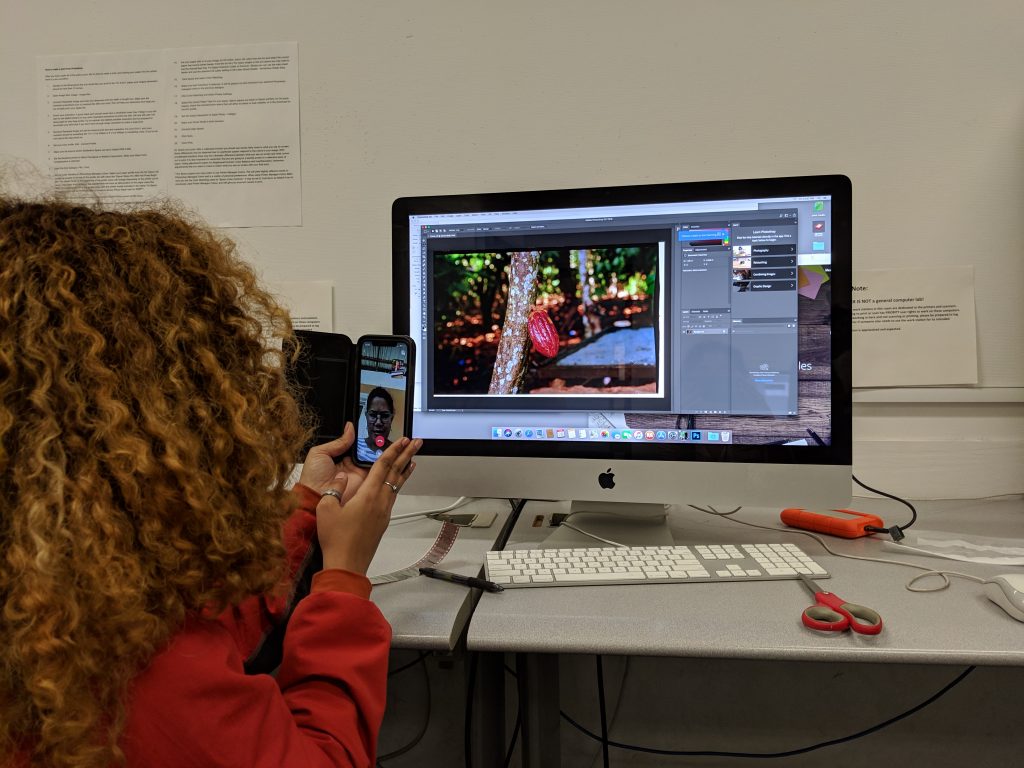
Rutgers University is a home for the Price Fellows. At the start of college, childhood crosses into adulthood in stark terms as many of the supports they had fall away once they reach 18. Many of the Price Fellows lack family support. They often work a lot: night shifts or multiple jobs. Over winter, spring or summer break, the students might not have housing outside of the school. With less structured time, past traumas or relationships surface. Parents might have unrealistic expectations and dependencies on their kids, who are often the first in their families to attend school. The experience of overcoming these challenges — sometimes over five or six years of coursework — is extremely powerful.
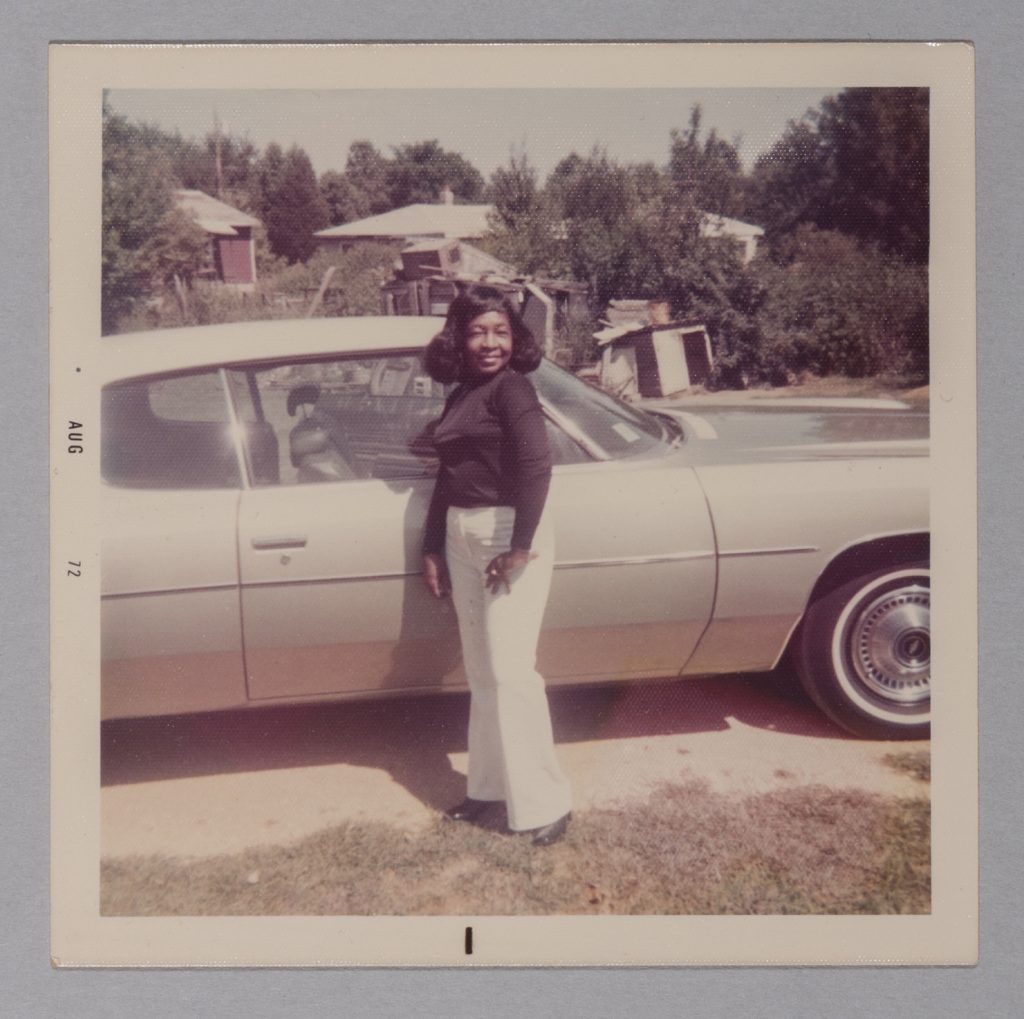
her when they were in their 60s. As she tells it, “My parents are older than most. Many people think they are my grandparents, but they are not. These two people took my sister and me in after my aunt and birth mother could no longer care for us.” MP’s adopted mother, pictured above, passed away when she was in high school. This image is one of her favorite pictures of her mother.
In the workshops, we discussed narratives and stereotypes around foster care. We photographed in hometowns, parks, schools and safe spaces. For MP, growing up with older parents, there were lots of things she sought in other people, from learning how to do her own hair to being a college student. She took portraits that represent her self-defined sense of family: not only the incredible people who adopted her but the many mentors and friends who have supported her.
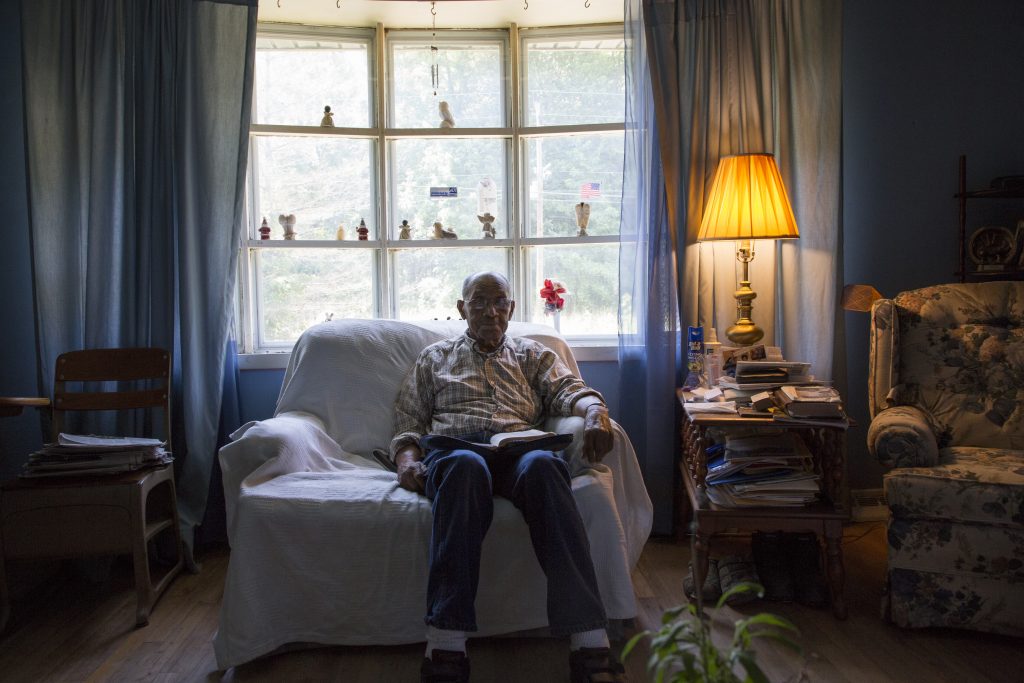
We explored the work of photographers like Catherine Opie, Lorna Simpson and Sally Mann. For spring break we left central New Jersey, its wide mix of demographics and the vast expanses of highways and marshes for upstate New York. The Sanctuary for Independent Media, Skidmore’s MDOCS program and artist Brenda Ann Kenneally hosted us for a few days. We saw Wendy Ewald’s work at Skidmore’s Tang Teaching Museum, contributed to a radio program and made scrapbooks from material we collected before the trip.
Over our first year of work, we took other field trips and had a small show of the work-in-progress at the Zimmerli Art Museum in New Brunswick.
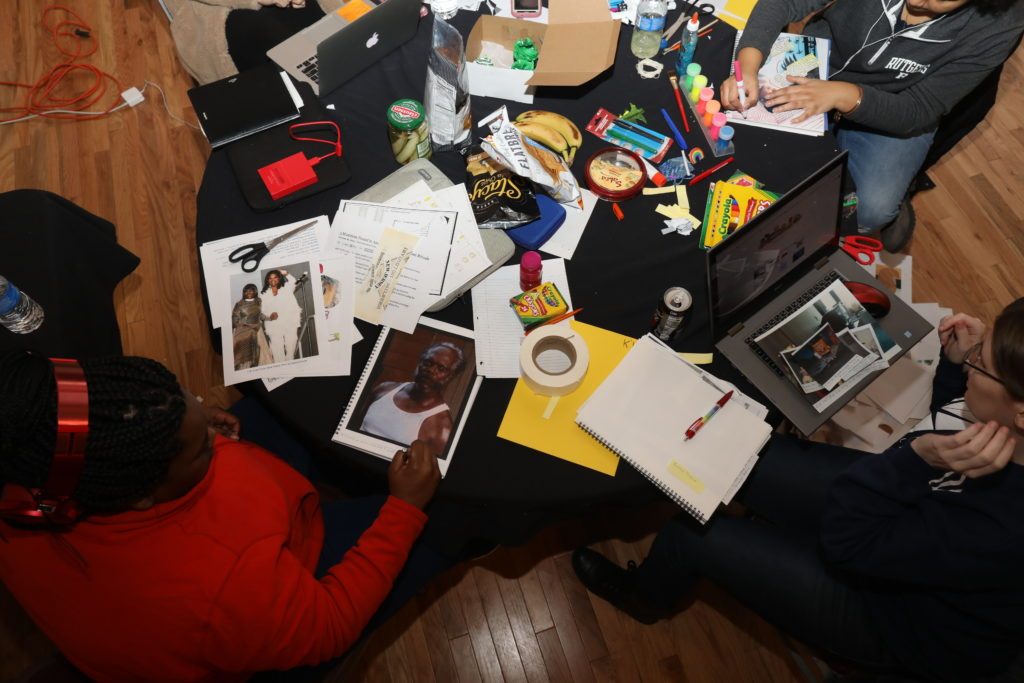
Alongside these workshops, I conducted oral histories with many of the Price fellows. Making these recordings was a chance for the students to share their stories as they see them, with very little intervention. Many said they’ve never talked about their lives in this way: moments of significance transformed into vivid chapters. Their memories served as a starting point for collaborative image making.
For MS’s project, we revisited her oral history many times and lingered on memories from the recordings to shape the photographs. We brainstormed, then shot images that related to her oral history. MS wrote stories to pair with the images that emerged from the recordings.
I cried my first few days sleeping in my eight year old cousin’s twin sized bed and being in her room with its childish flowers and Disney princesses. I was fifteen years old and all I wanted was some structure and some substance . . . somewhere. I felt that all my life I had been thrown anywhere, I was a burden. . . — excerpt from MS’s writing

In the oral histories, what the students said was important, but equally important was the way they told their stories: gaps, pauses, retracing, forgetting, remembering and fracturing. The portrait series I’m working on of the Price Fellows is rooted in the language they used to talk about their life stories.
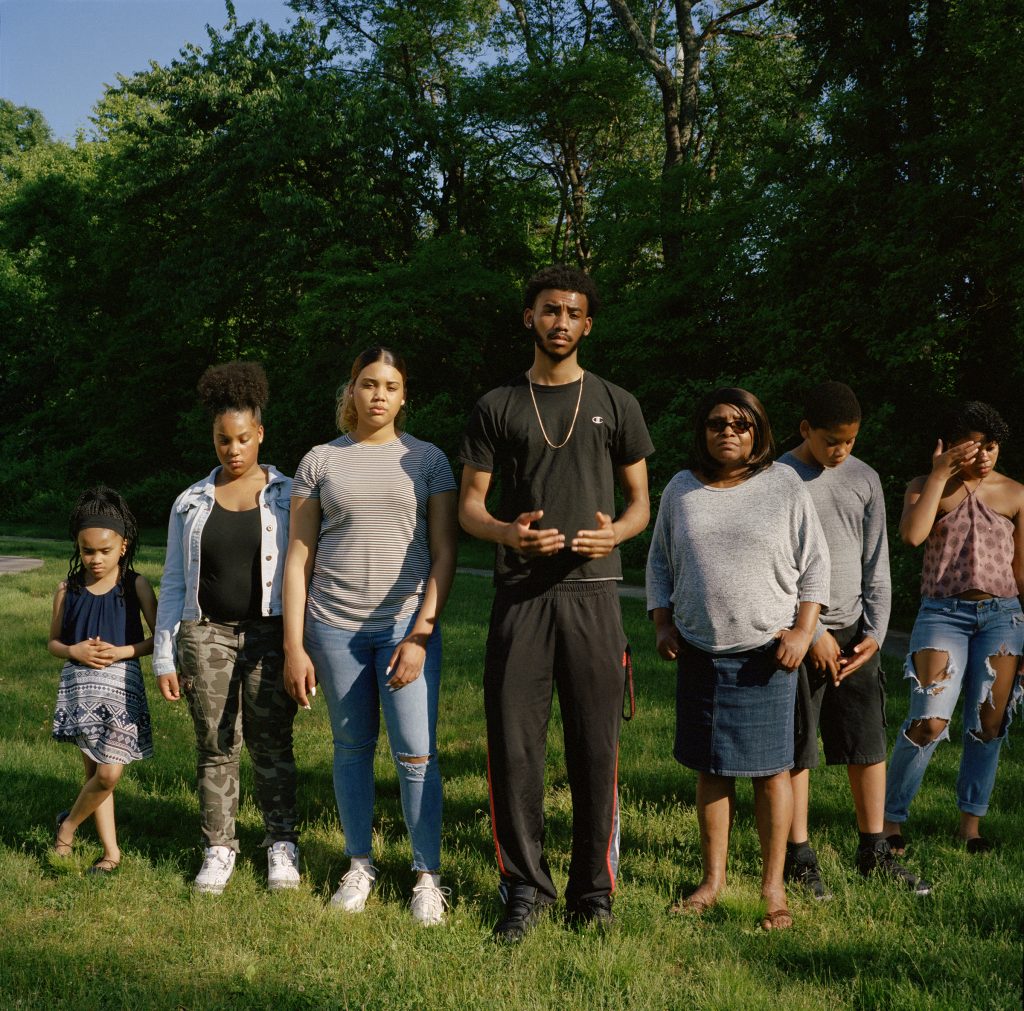
Photo by Jonna McKone
“All my siblings are still close. We were always close through the whole thing because that’s what my mom taught us. She said the only people you will have are your siblings . . . no matter what. People will come and go but you will have your siblings forever. . . ” - excerpt from CR’s oral history
The project evokes the ways in which our histories are etched on our bodies, on places and things. AS lived in a car with her father on and off in middle and high school. We went to some of the parking lots where they used to stay and made photographs. We then paired those images with ephemera she kept with her during those years. Each object tells a story of helping her to cope with grace, strength and humor.

I started watching the reboot of Doctor Who when I was living in the car with my dad shortly after I graduated from high school. A friend recommended it to me and I ended up loving the show, especially actor David Tennant’s run as the 10th Doctor. For about two weeks, I would watch episodes on my laptop in a parking lot at night until my battery ran out and it helped distract me from my situation for a bit. — excerpt from AS’s writing for the collaborative project
KC took photographs to reveal the small details she loves in her house:
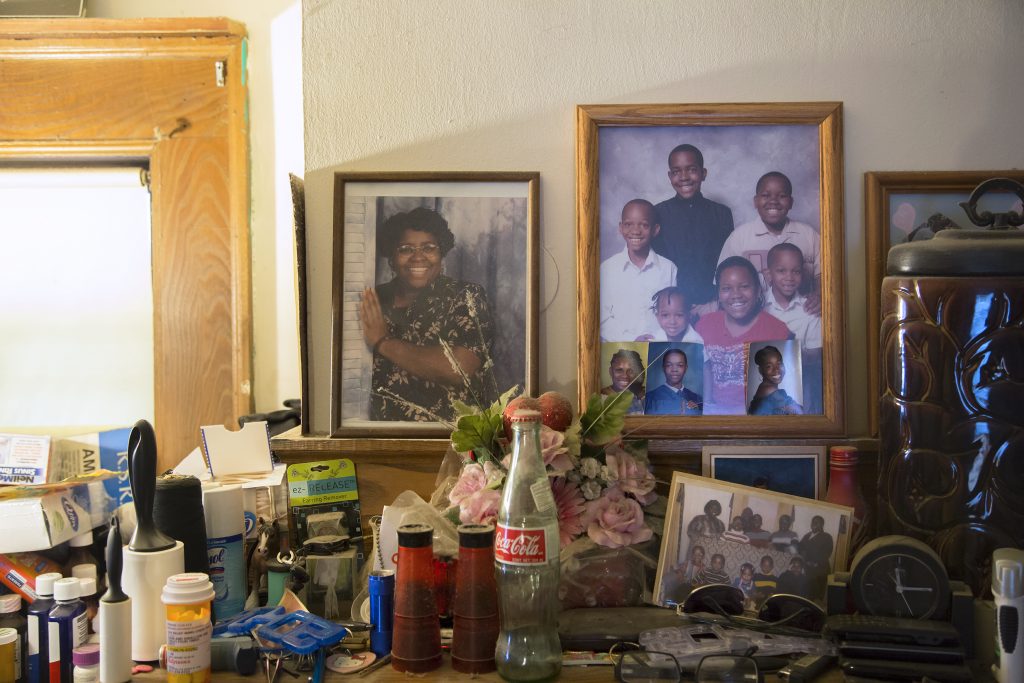
One student, DR, learned how to shoot on Alex Harris’ old 35mm camera and later made several images in her hometown that thread together her study of landscape architecture and her mom’s knowledge of regional plants.
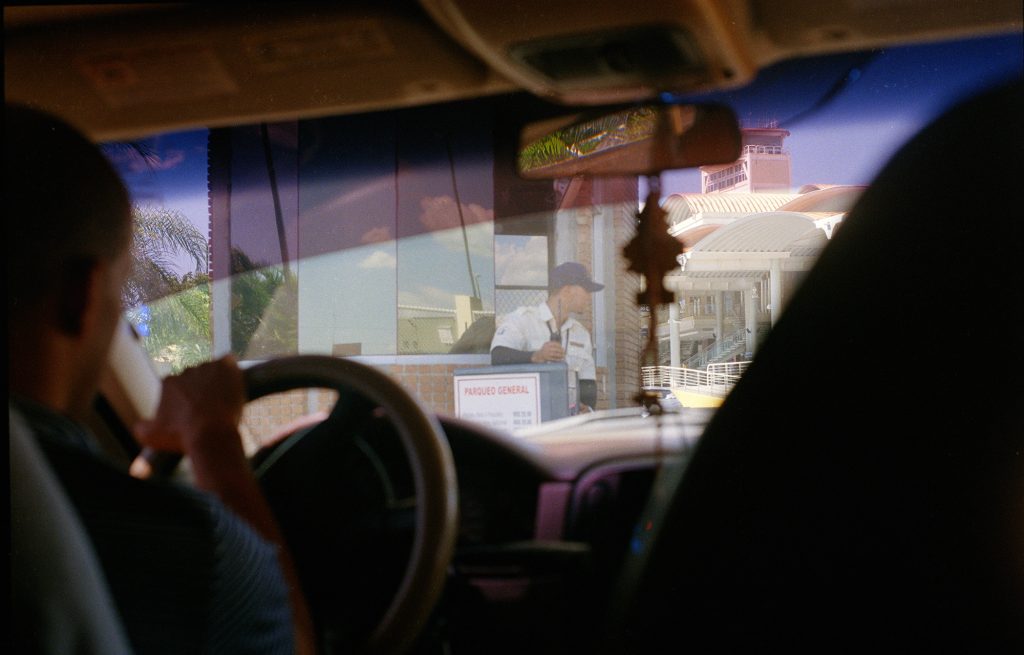
For the students, I think the process of storytelling and exploring these life histories has been healing and empowering — whether the work is narrative or poetic. After nearly two years of work, each student project has been edited and sequenced into chapters for an in-progress photo book comprised of the Price Fellow’s photographs, archival images, drawings, recipes and writing.
In the spring of 2020, I plan to exhibit the collaborative work - clusters of my portraits, images made by the students, text and cyanotypes of archival photos printed from digital negatives.
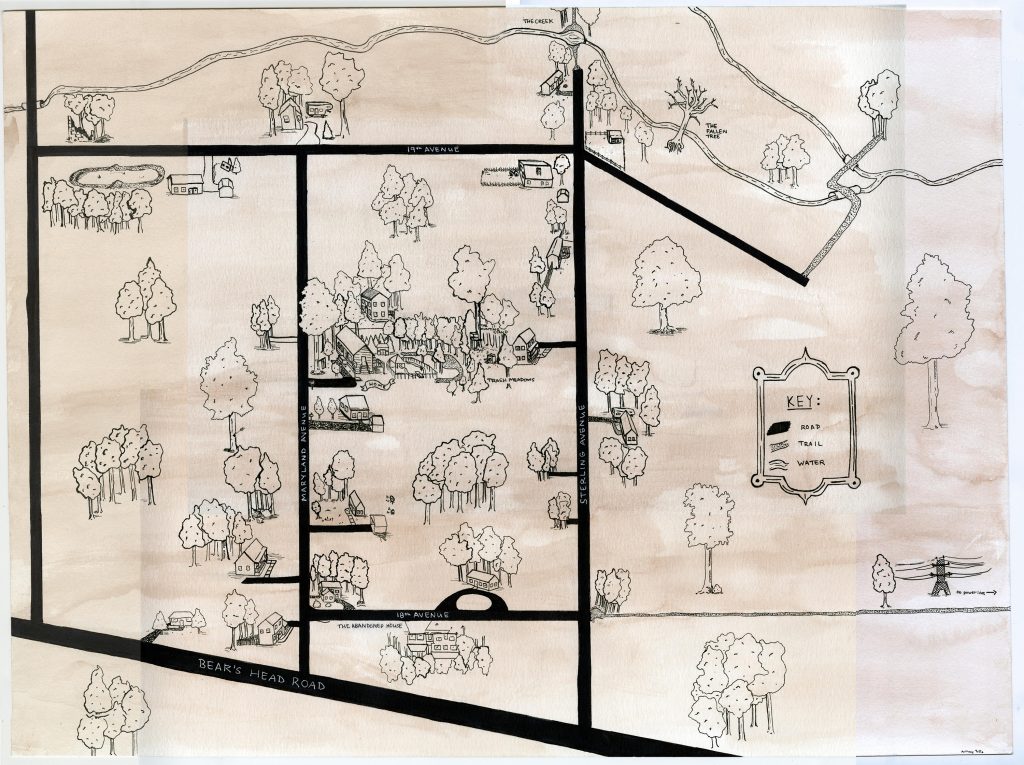
Our goal is to create a photobook that functions as kind of collective family album, as a way to tell personal stories that can reach an audience of young people going through their own struggles with child welfare or foster care. Family is a kind of home. Paraphrasing sociologist Mathew Desmond, home is where we rooted the American Dream; at home we can be our true selves, it’s where we let go and relax. The absence of that kind of home can be a real burden but it doesn’t mean we can’t create one. Home forms and confirms self-identity. We hope this project resonates with people interested the shared solitude and dialog of the photographs and the way the images in the book expand and deepen the meanings of the stories and the process of telling them.
Below are more photographs from my portrait series with the Price Fellows.
